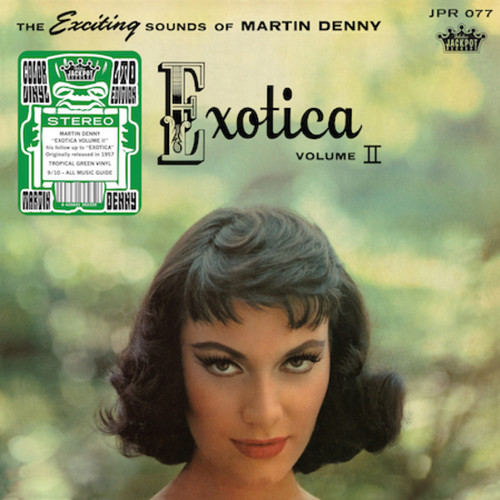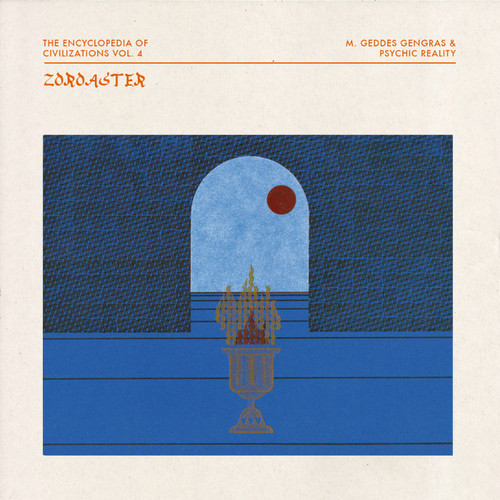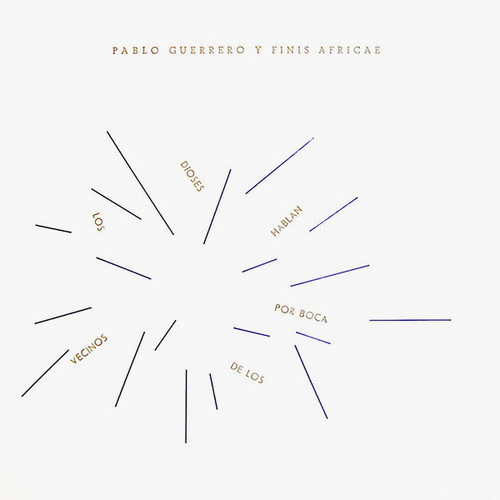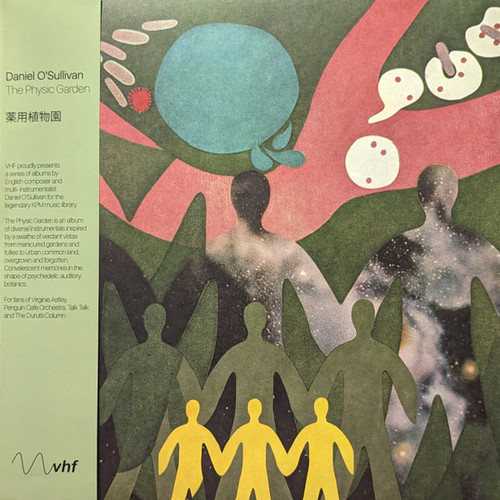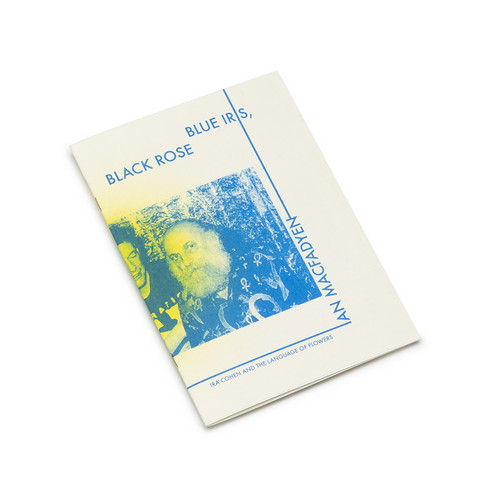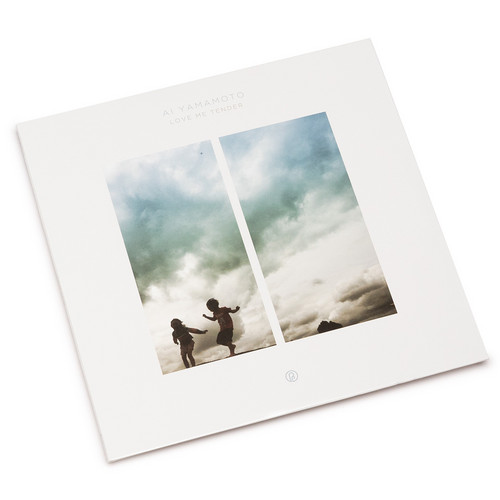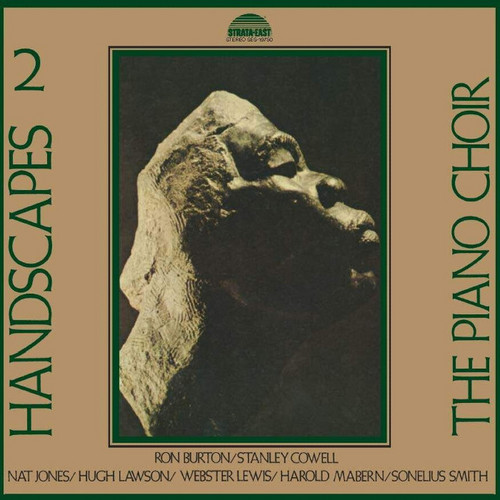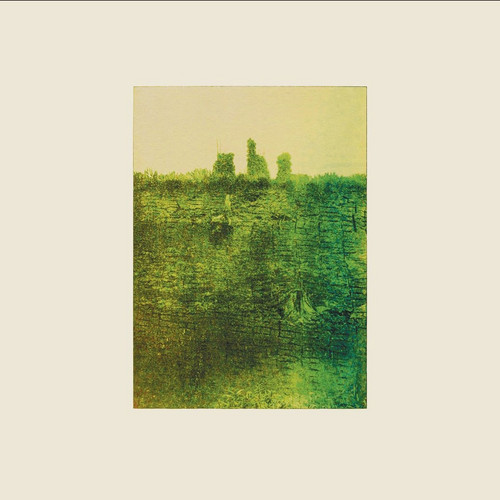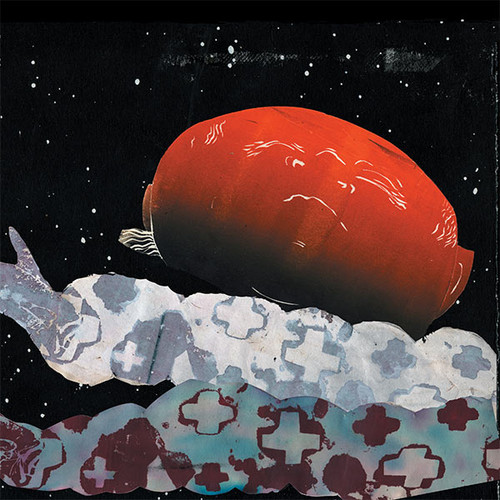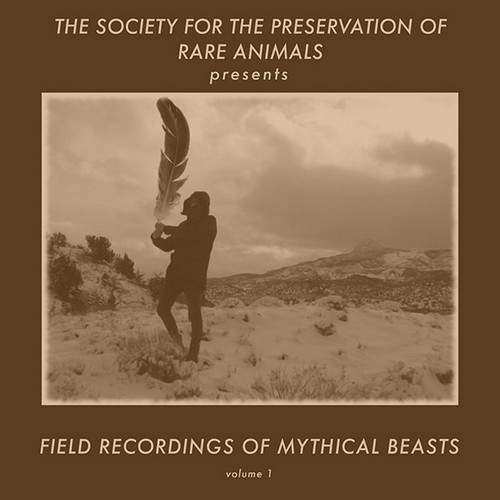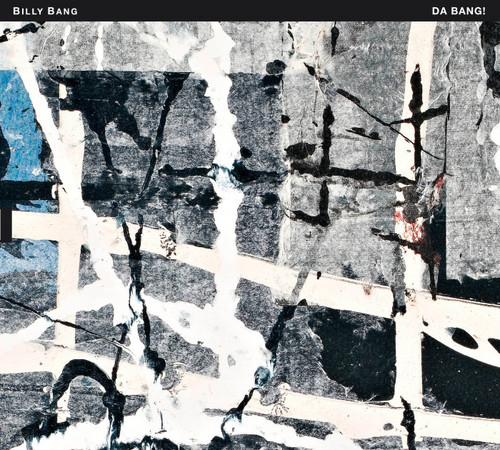Back in stock
Exotica Vol. II
* Tropical Green Vinyl Limited Edition* Tip! Coming hot off the heels of his iconic debut, Martin Denny’s follow-up to the original Exotica is the ultimate companion piece. Originally released in mono in 1957—mere weeks after the first Exotica album kick-started the new lounge craze—Exotica Volume II further demonstrated Denny’s unique imagination as both a musician and an entertainer. Jackpot Records’ limited edition reissue of Exotica Volume II is pressed on tropical green color vinyl, and bri…
Quiet Village
* Green coloured Vinyl. Limited Edition * First time reissued on Jackpot Records, Martin Denny's Quiet Village was originally released in 1959. The iconic album artwork reflected the fantasy of Denny’s Influential fusion of tropical moods.
Rara Avis
A compilation of Hearn Gadbois' tracks, published here and there along the years (1983- 2020). Most of them are home recordings with very little or no diffusion, so this release tries to shed some light on these amazing compositions. A sound related to Hassell's 4th world, but developed in a very personal way (he even designs & makes some of his instruments) that feels different and goes far beyond. Using mostly acoustic instruments, Hearn combines a love of traditional trance/ecstatic rhythms w…
The Encyclopedia of Civilizations Vol. 4: Zoroaster
*In process of stocking* Finally the 4th volume of "The Encyclopedia of Civilizations" is here! This time it is not a split LP, but a collaboration. Modular synth maestro M. Geddes Gengras and left-field pop priestess Leyna Noel aka Psychic Reality join forces to compose together their new project inspired by Zoroaster: M.Goddess. An exquisite modern ambient record mixing leftfield, kosmische, new age, dub vibes... Very original and rich compositions with genius arrangements combining spacey syn…
Los Dioses Hablan Por Boca De Los Vecinos
First vinyl edition ever of this lost experimental Spanish essential album. A delicate work that absorbs specific aspects of different music - minimalism, tribal sounds, new age, ambient, spoken word - to create its particular universe.With an absolutely contemplative recording climate, the poems and their sound environments explore the deepest self of the poet and singer from Extremadura, Pablo Guerrero. The work combines memories of childhood through the valleys of his native village, Esparrag…
The Physic Garden
Third in a trilogy of albums of library music miniatures from composer and multi-instrumentalist Daniel O'Sullivan (Æthenor, Ulver, This Is Not This Heat, etc.) following 2020's Electric Māyā and 2021's Fourth Density. For heads, the term 'library music' in 2021 might evoke dodgy Italian gray market LPs and crate-diggers hunting for 'funky breaks' -- but London's venerable KPM Music is working with groundbreakers like O'Sullivan to open up new avenues for composers to experiment. The fifteen tra…
Blue Iris, Black Rose by Burroughs and Ira expert Ian MacFadyen
Ira Cohen (February 3, 1935 – April 25, 2011) was an American poet, publisher, photographer and filmmaker. Ira Cohen was born to deaf parents and instead of just developing speech, began developing his vision early, learning to spell with his fingers. In 1961 he took a Yugoslavian freighter to Tangiers where he lived for four years and published Gnaoua, a magazine devoted to exorcism, introducing the work of Brion Gysin, William S. Burroughs and other members of the Interzone mob.
In 1970 he wen…
Love Me Tender(LP)
160 gram 'transparent clear/blue' vinyl housed in a full color, semi-gloss jacket. W/B PITP labels. Record placed in white paper innersleeves. Shrinkwrapped.* Ai Yamamoto is a Japanese-born and Melbourne, Australia based artist who has been making music since the early 2000’s. With her first album on PITP, ‘Love me Tender,’ Ai composes free structured songs, brushed with gentle melodies using piano, strings, wind instruments, and various textures. Created over the span of 2018-2020, Ai’s careful…
Unfailing Love
*2022 stock. Limited edition of 200 copies.* 'Unfailing Love' is a deeply personal and intimate project by Zakè & Marine Eyes. These tracks will take you on a journey of grief, resiliency and the power of the human spirit; a consistent path to learn compassion and empathy deeper. It is a testament of unfailing love. Forever floating together.
With each daylight,I will comfort you.Floating together,I am yours.Unfailing love,Forever.
Handscapes 2
At the time of release Ebony reviewer Phyl Garland said "One needn't be a "piano freak" to appreciate a truly new recording. First of all imagine seven gifted and talented pianists sitting down to seven grand pianos and proceeding to tear up these instruments - musically, that is. ...the torrent of sound springing from their 70 fingers is so powerful and majestic as to be unlike anything one has ever heard."
Ertrunken Im Seichtesten Gewässer
Edition of 500. Somewhere in the Lower-Franconian vineyards lies a hidden and mostly unknown canyon, a place that often returns to the thoughts and dreams of Läuten der Seele’s Christian Schoppik. Though a much rarer occurrence now as a consequence of environmental change, chance encounters upon the area in the past would sometimes reveal small ponds amongst the reeds, teeming with life and populated by colonies of newts and the endangered yellow bellied toad. The transience of the water and the…
The Daughter's Union
*250 copies limited edition* "Recorded a bit before the last Big Blood slab we released -- Operate Spaceship Earth Properly (FTR 385CD/LP, 2018) -- The Daughter's Union represents the true introduction of Caleb and Colleen's daughter, Quinnisa as a full member of Big Blood. The Maine based duo had been using Quinnisa as their secret hard rock weapon for quite a while, so it is gratifying as heck to see her finally get her due! In their new fully-fledges trio guise, Big Blood puff themselves up l…
Do You Wanna Have a Skeleton Dream?
"Wow! Great new LP by the full trio version of Maine's Big Blood. Colleen, Caleb, and Quinnisa are all present and accounted for at every turn on this one! Unlike their last LP, The Daughter's Union (FTR 459LP, 2019) (which seemed like some sort of experiment involving glam-rock-readymades), Do You Wanna? is awash with crazily re-imagined girl group dynamics. Some of these tight-sparkly-dress recreations have a savage teenage authority, but others wiggle more like dreams stolen from the nodes of…
Electroacoustic Underground
The long-awaited vinyl pressing of the latest Panicsville album that fans and critics alike are calling "weird" and "is this the same band?" This psychedelic slab of electroacoustic anti-punk is pressed on one hundred and something gram Vanta Black vinyl! (200 copies only). Spiralling dark drones, eerie feedback textures, archaic drum and cymbal patterns, atonal / tonal sounds and distant / peculiar sample layers expansive atmosphere that continuously spirals further towards the unknown areas of…
Field Recordings of Mythical Beasts
Big Tip! Exploring the intersection of sound libraries and ethnographc recordings, ‘Field Recordings of Mythical Beasts’ is a series of fake field recordings of mythical creatures. The recordings were created using traditional foley techniques originally developed for films. Field Recordings of Mythical Beasts represent explorations of a long forgotten expedition group on its journey to remote regions of the world. The Phoenix, Hydra, Griffin, and Holga have all been documented in their 'natural…
We Now Create - Music For Strings, Winds And Percussion
The most important artists in the history of Japanese free jazz, Masahiko Togashi, Masayuki Takayanagi, Mototeru Takagi and Motoharu Yoshizawa. A solemn and crazy improvisation work originally recorded in 1969! "It was not until 1969, when this album was recorded, that the quality of Japanese free jazz works reached a world-class level. The most important artists in the history of Japanese free jazz feast the solemn and insane improvisation has not faded away even in the present age of 2023." - …
Sudden Happiness
Sudden Happiness is a live recording by Triot, which includes the leading young Finnish saxophonist Mikko Innanen and two of Denmark´s most in-demand young jazz musicians, bassist Nikolai Munch-Hansen and drummer Stefan Pasborg, with the saxophone legend John Tchicai as their special guest. The album was recorded during their joint tour in Denmark and Sweden in 2002. The music of Triot is an amalgamation of the introverted and melancholy Finnish character and the more extroverted Danish personal…
Prayer For Peace
Prayer for Peace is the first recording by violinist Billy Bang´s regular working quintet of the past five or so years. Featured with Bang are trumpeter James Zollar, pianist Andrew Bemkey, bassist Todd Nicholson and drummer Newman Taylor-Baker. Billy Bang has long been recognized as a true master on his chosen instrument and as one of the undisputed leaders of his generation of improvising musicians. This recording again demonstrates the reasons for this presenting Bang at his strongest both as…
Da Bang!
Da Bang! was recorded in February 2011, just two months before the master violinist Billy Bang (1947-2011) succumbed to cancer. In this final session, the Billy Bang Group featured one extended composition by Bang, "Daydreams," as well as compositions by some of Bang´s favorite musicians, including Barry Altschul, Don Cherry, Ornette Coleman, Miles Davis and Sonny Rollins. For Da Bang!, the Billy Bang Group featured legendary trombonist Dick Griffin as well as Bang´s regular accompanists in his …
The Great Lakes Suites
Wadada Leo Smith, a trumpet player born in Mississippi in 1941, was an early member of the Chicago-based AACM (Association for the Advancement of Creative Musicians) but has remained somewhat lesser known than such collaborators as Abrams, Mitchell, and Braxton. He reached new audiences in the late 1990s and early 2000s when he joined guitarist Henry Kaiser in the Yo Miles! projects, reinterpreting music from the Miles Davis electric period. Smith’s 21st-century recordings with his Golden Quarte…
